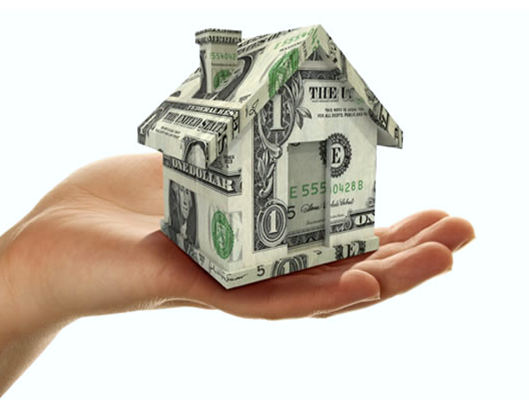If you are trying to get your dream home while also working with a limited budget, then a fixer-upper might be your best bet. There are several advantages to pursuing this path. Purchasing a home that needs some work is one way to get into the best neighborhoods without also paying the high price that comes with most of the surrounding homes. Additionally, getting a fixer-upper allows you to get creative and make the house your own.
While the decision to purchase a fixer-upper may be an easy one, the tricky part can come when you are trying to secure the financing. Maybe you have enough money saved up for the down payment, but you don’t have the savings to cover the renovation as well. How should you proceed?
There are two main loan options for homebuyers in this situation. The Federal Housing Administration (FHA) 203(k) rehabilitation loan and the Fannie Mae HomeStyle Renovation Mortgage are both loans that have a built-in reserve to cover the costs of renovations.
These types of loans are ideal when the cost of the renovation is going to be significant. It is also important to note that these loans are probably not the best option when only small changes are going to be made to the home. In the instance where minor renovations are going to be completed, it makes more sense to replenish your savings to cover the costs, instead of borrowing just a little bit through a home renovation loan.
Each of these loans works in the same way – part of the loan will cover the cost of the house, and the additional funds will go into an escrow account. In order to pay the contractors as work is completed, the mortgage lender will send an inspector to review the work every step along the way.
Another detail that will take some time and additional effort on your part is determining the amount of the loan. Once you have found the fixer-upper you would like to purchase, the next step is to work with a contractor or HUD consultant to determine how much the total renovation will cost. After the plans have all been approved, the final loan amount will then be determined by combining the appraisal value and renovation costs.
While the FHA 203(k) and HomeStyle loans are alike in many ways, they do differ at a few points. FHA 203(k) loans involve a 3.5% down payment, while HomeStyle loans require a 5% down payment. Additionally, if you want to complete some of the smaller projects on your own, you must choose the FHA 203(k) option.
The financing options for a fixer-upper can be confusing, but navigating through all of the details is well worth it to get the home of your dreams. If needed, consult with a local real estate agent on topics that appear to be confusing.

